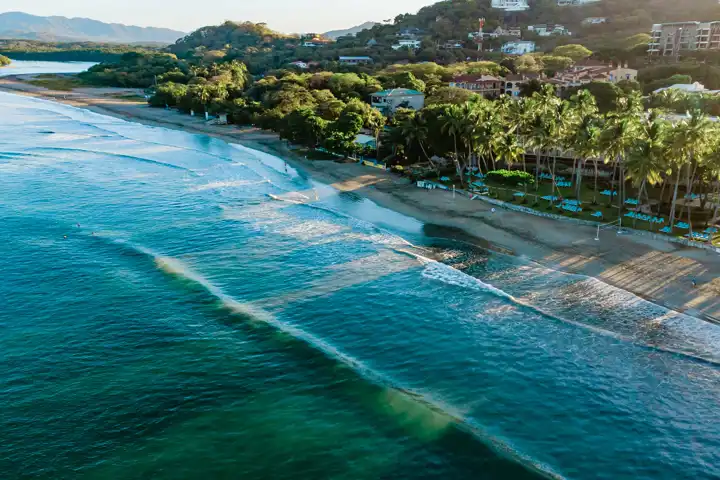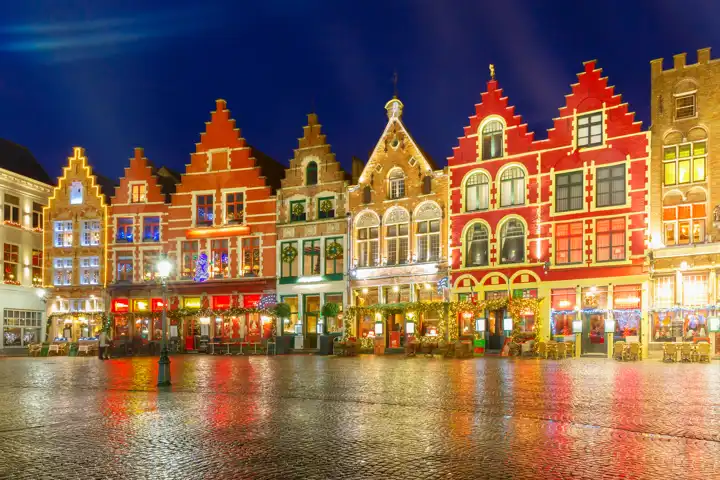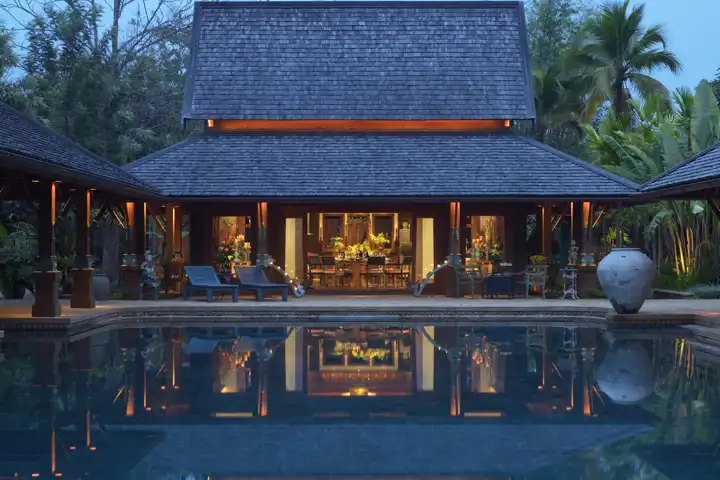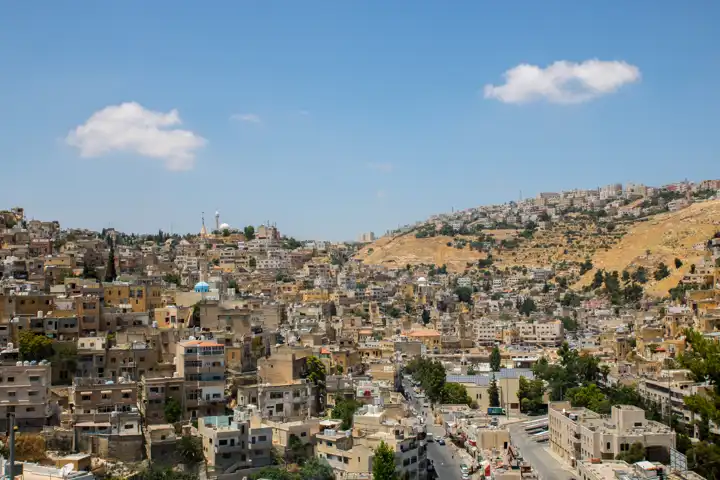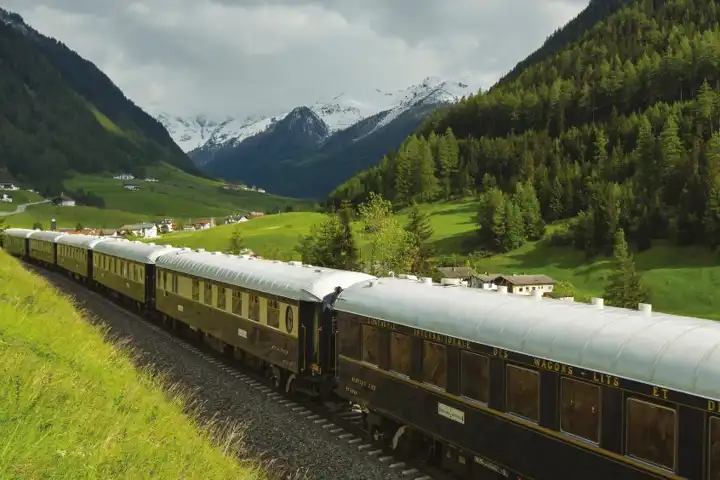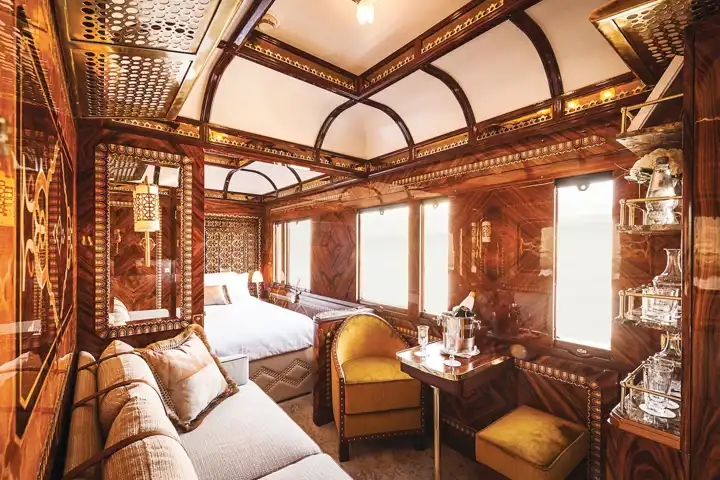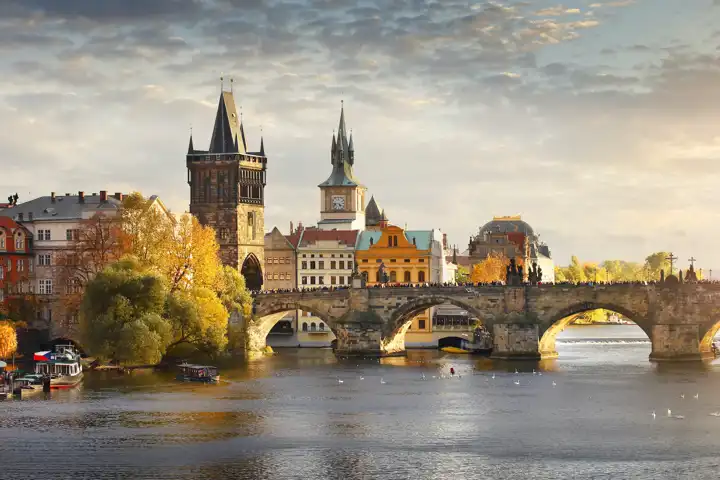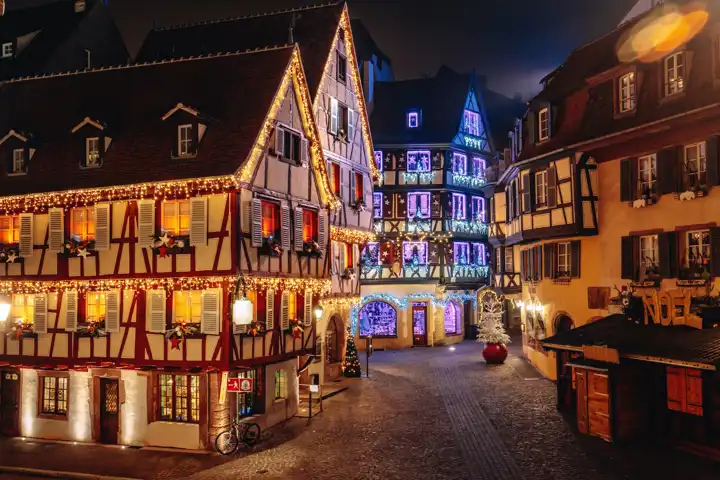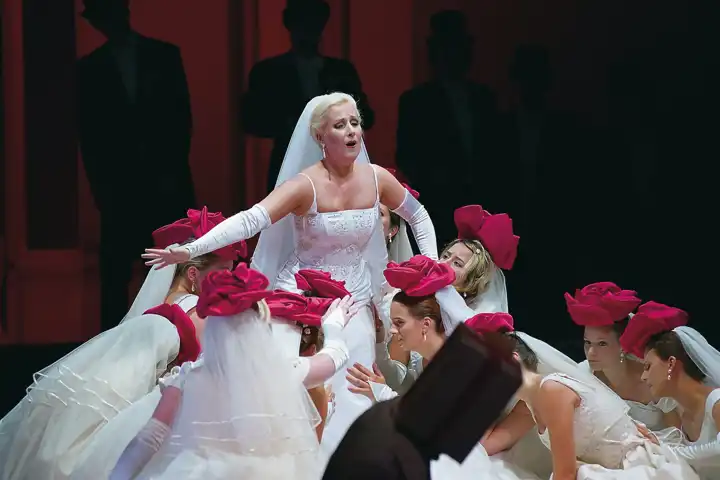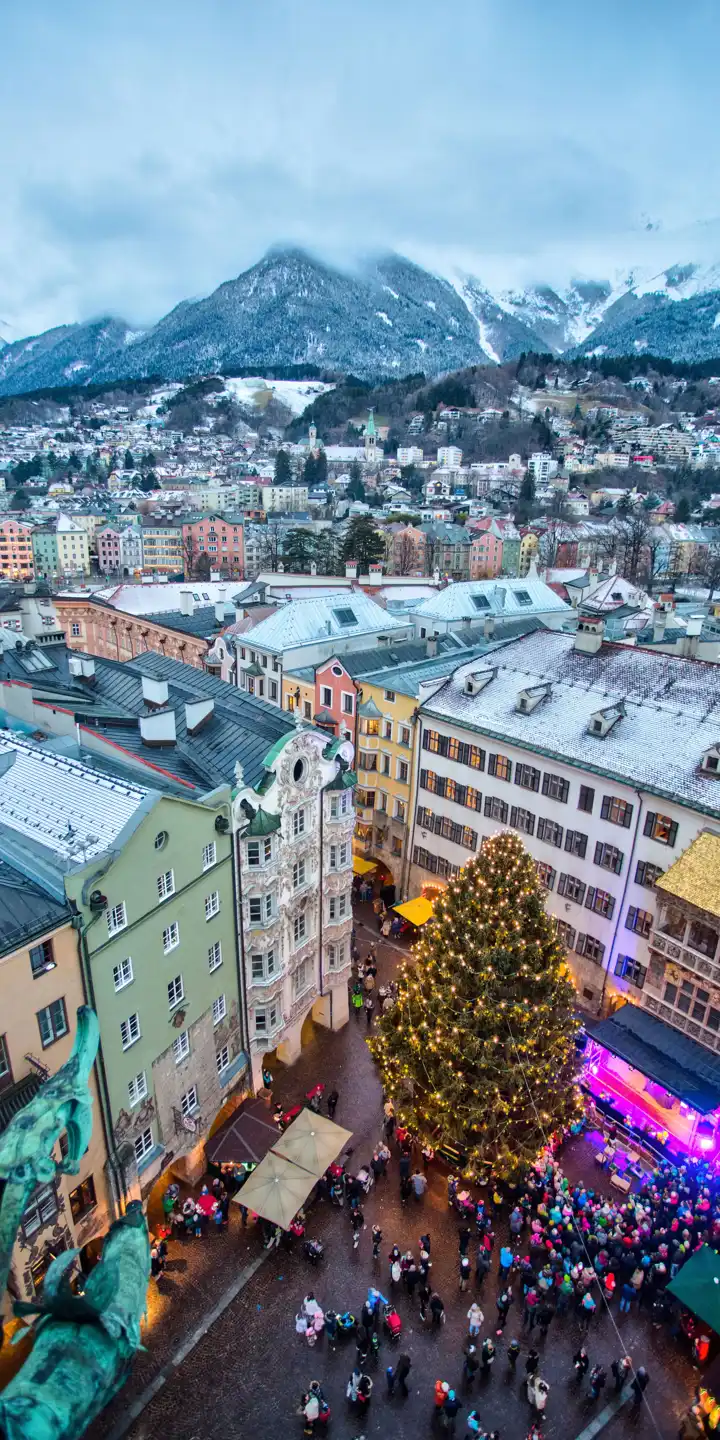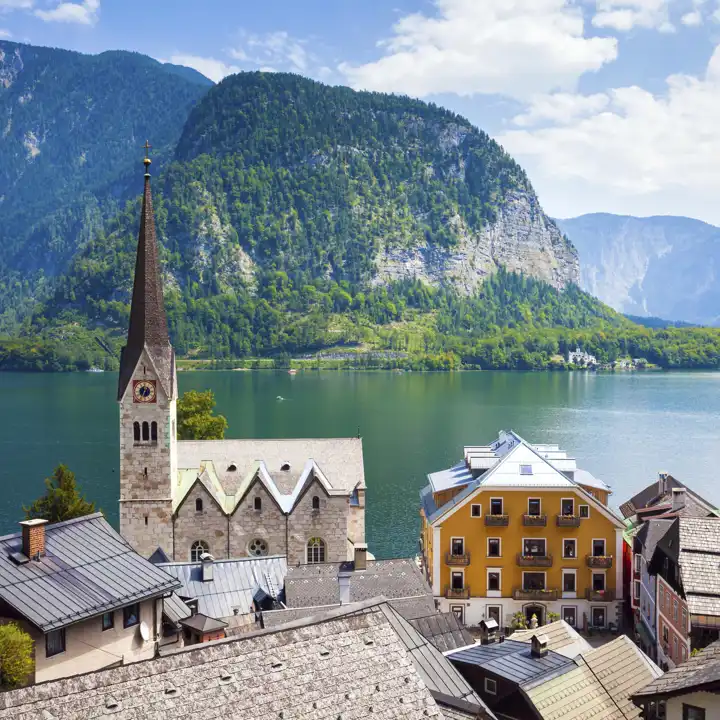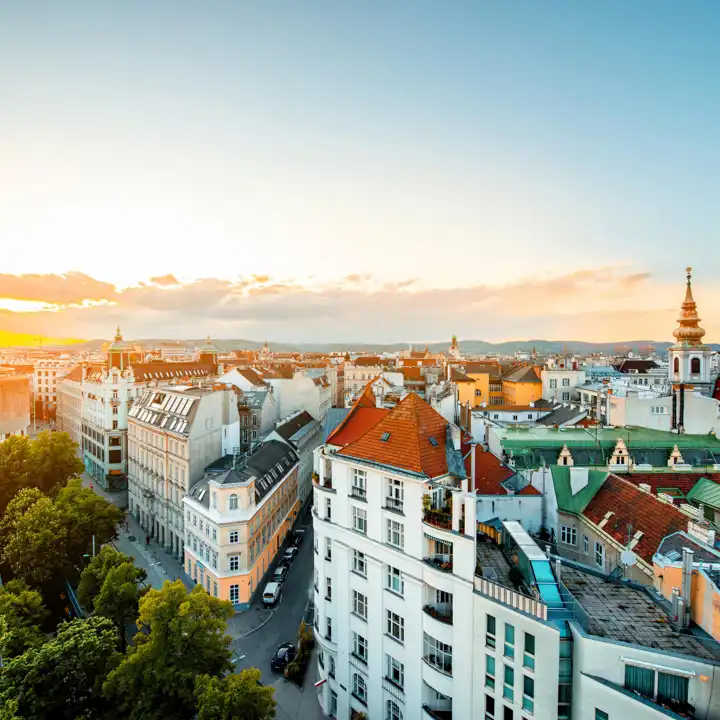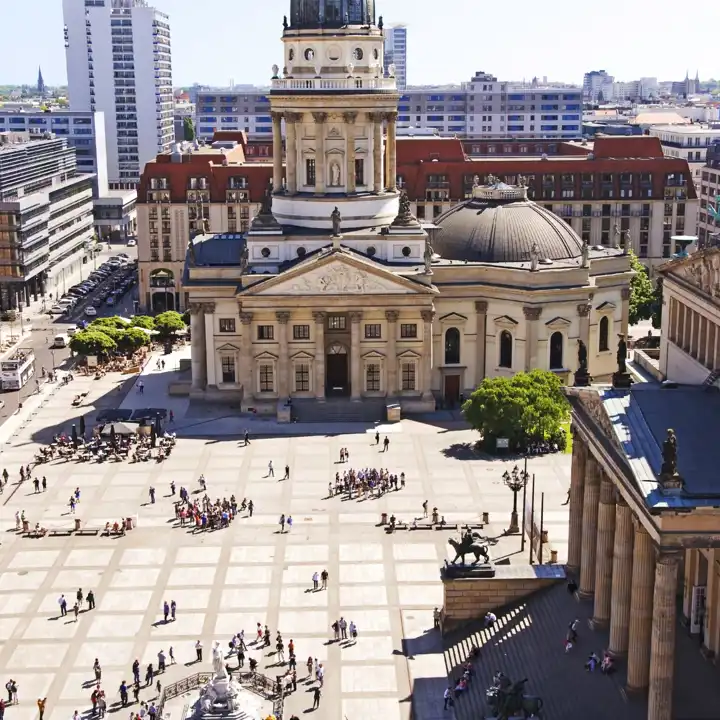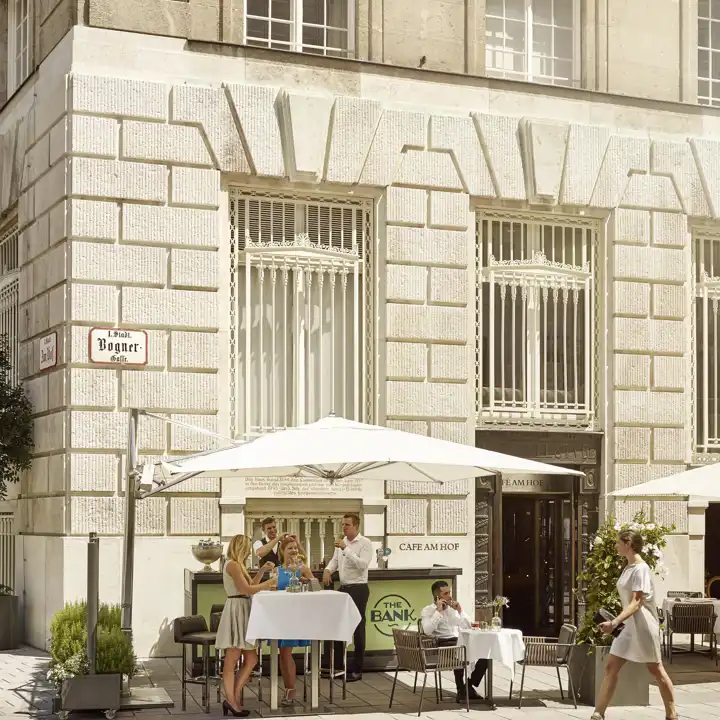Austria
World-Class Museums, Classical Music, and Snow Sports
Austria
Experience Austria luxury travel with Ker & Downey below. Learn more about Austria and the many ways to explore it below.
Natural Beauty
Austria is a land of striking beauty. Three quarters of the country is covered by the Alps, which give way to rolling valleys and scenic lakes. Along with Switzerland, Austria is the winter sports capital of the world. As such, it offers fantastic skiing and snowboarding opportunities in the Eastern Alps. However, it’s also just as popular in the summer months with outdoor enthusiasts. After the snow melts, the skiing slopes become hiking and mountain biking trails. This allows hikers and explorers to reach the mountain peaks by either cable car or foot.
Historic Cities
Austria is also rich in historic cities. Cobbled streets combine with modern cities boasting world-class museums and burgeoning food scenes. For example, Salzburg is dominated by Baroque churches, a dramatic castle, and its historic Old Town city center. Austria’s capital city of Vienna, on the other hand, offers a mix of classic tradition with an exciting new food and drink scene. It’s also famous for its roots in classical music with the Vienna Boys’ Choir and renowned opera house on hand for music enthusiasts. As the home of such greats as Beethoven and Mozart, it offers a wealth of musical opportunities. Additionally, Vienna also boasts the impressive St. Stephen’s Cathedral and some incredible architecture. Because of its location, it is easy to combine an Austria luxury travel experience in Vienna with outdoor activities and city tours. Indeed, a day trip cruising the Danube Valley reveals a landscape dotted with ruined castles, quaint villages, and vineyards.
Austria Luxury Travel with Ker & Downey
Contact the travel professionals at Ker & Downey now to start planning your journey to Austria. Whether you want to pair Austria with another country in Central Europe, explore it as its own standalone destination, or make a stop in one of its cities before or after a river cruise — Ker & Downey can make it happen.

